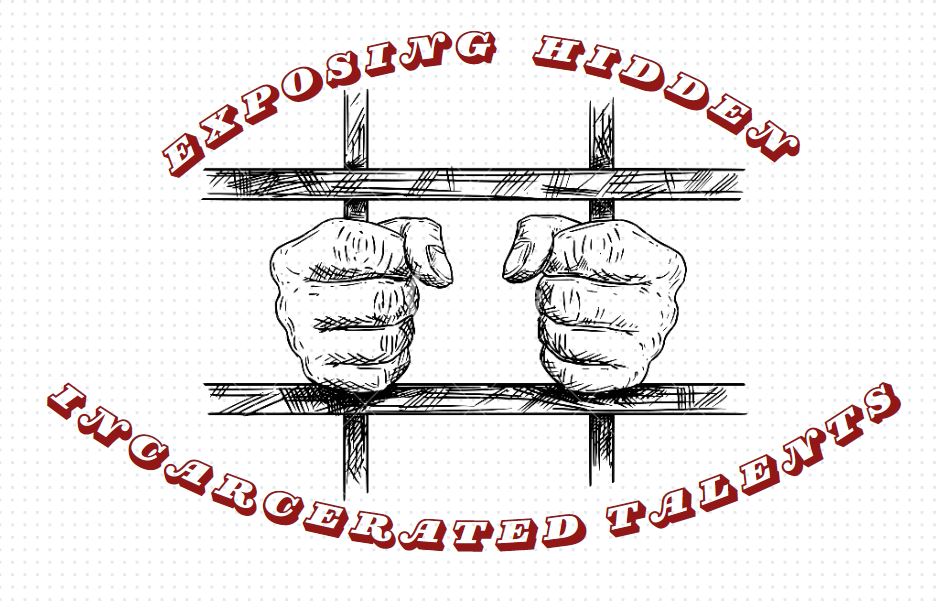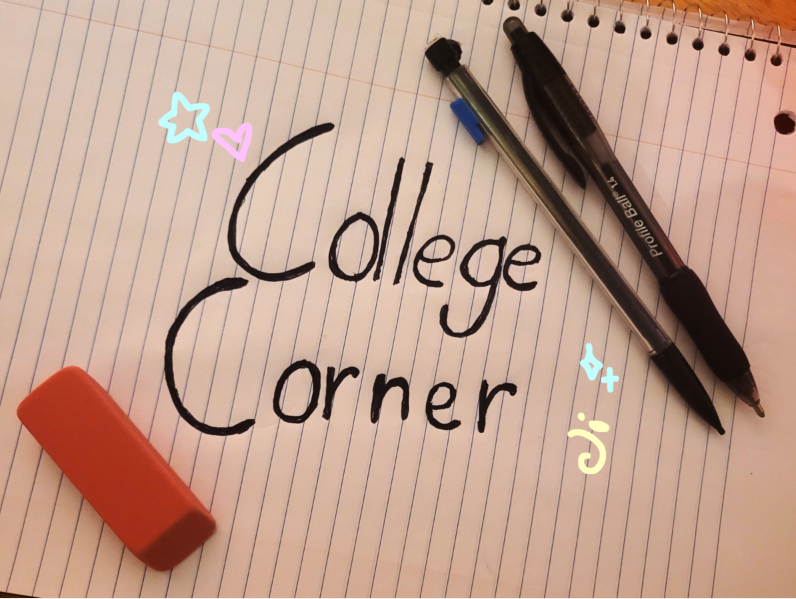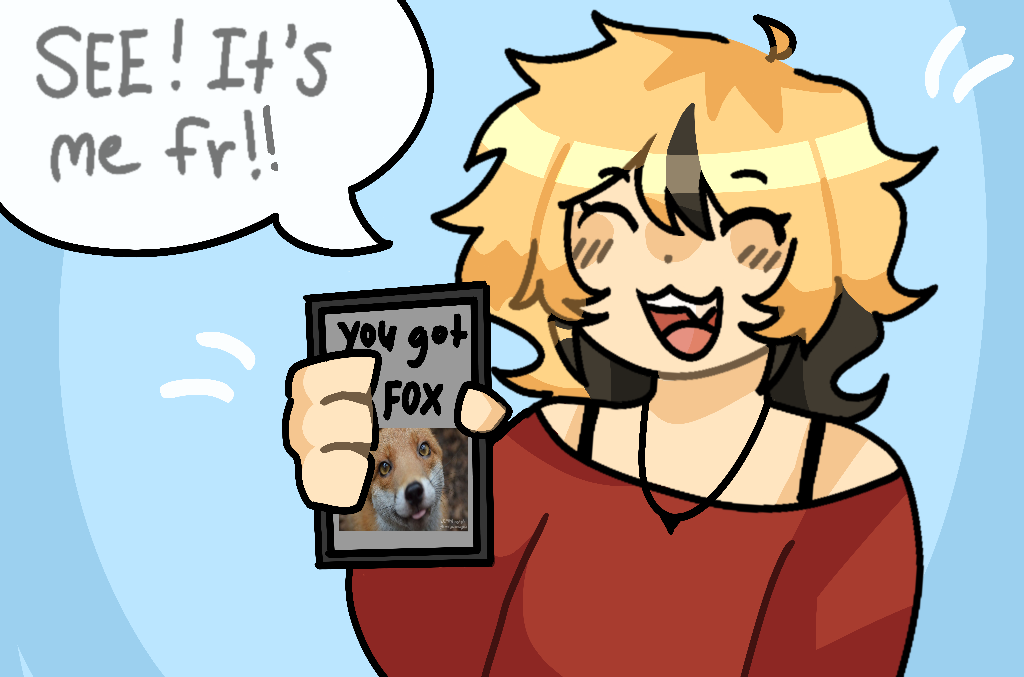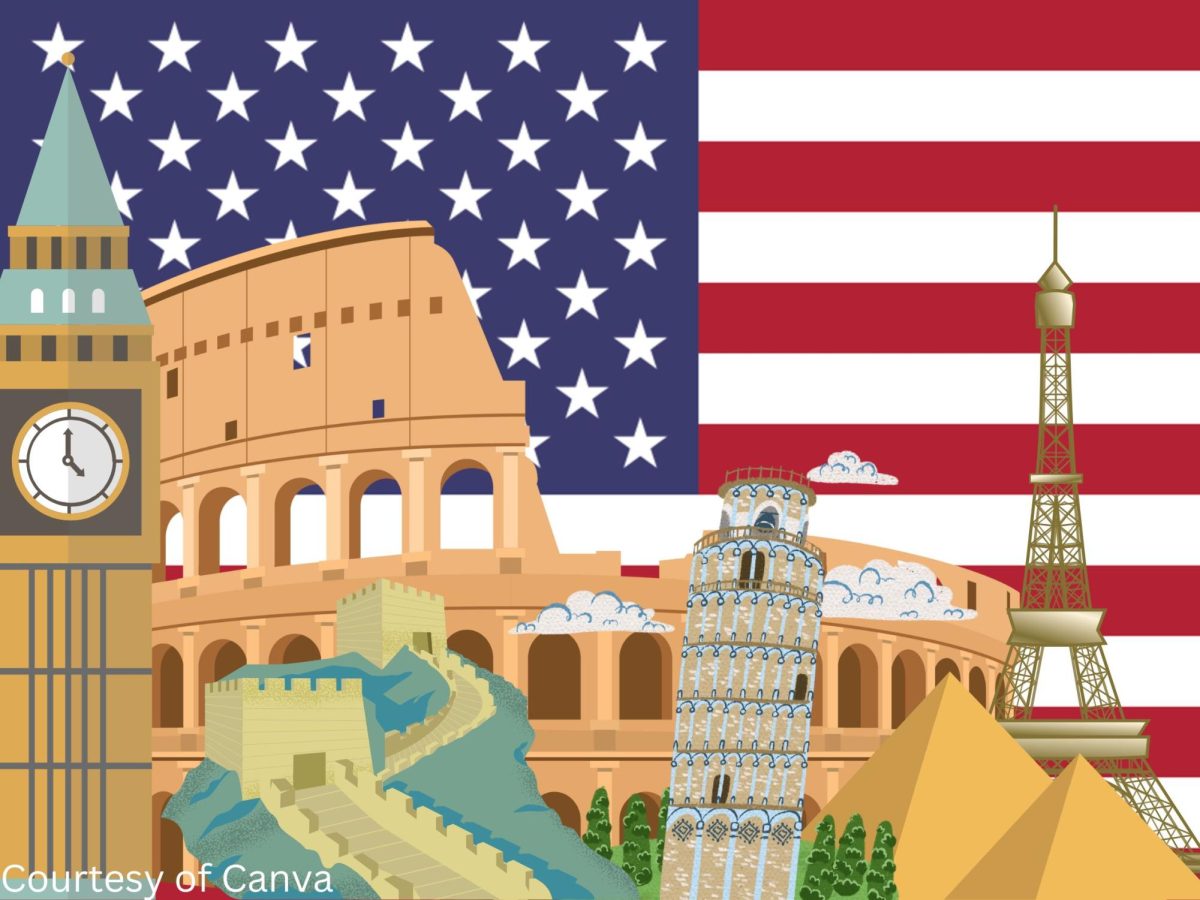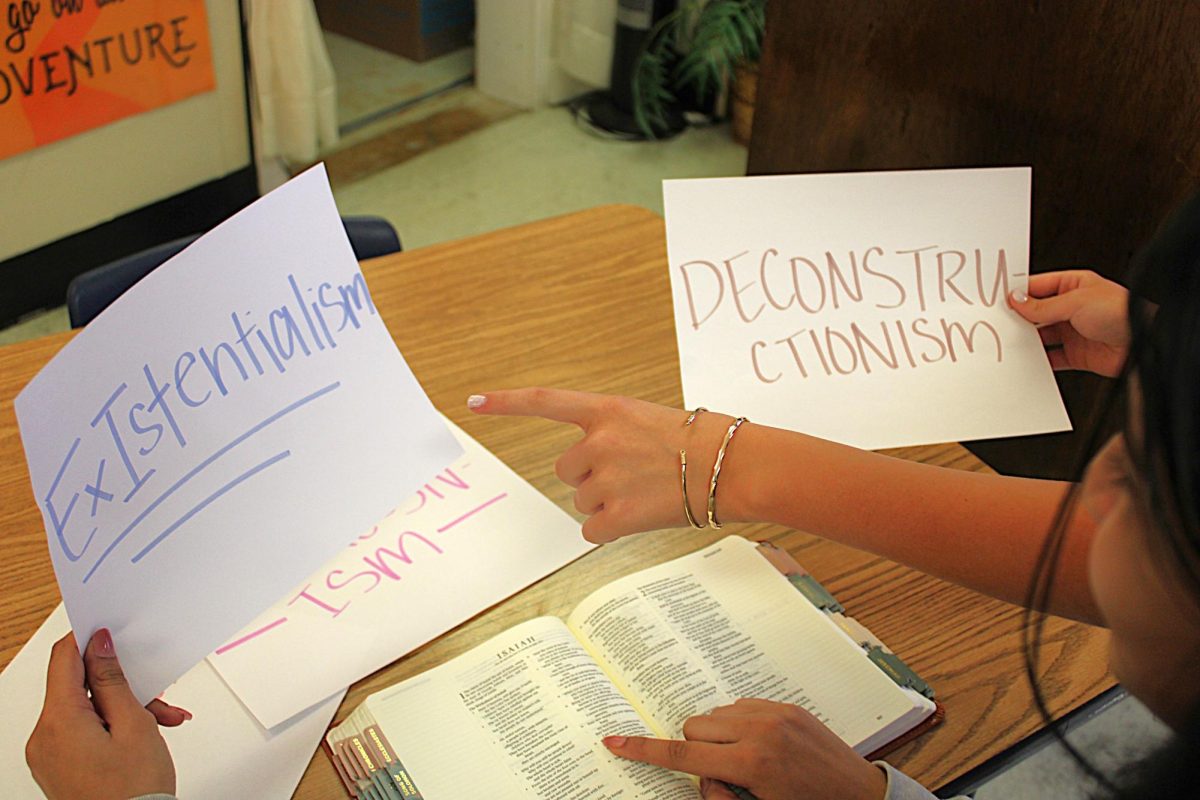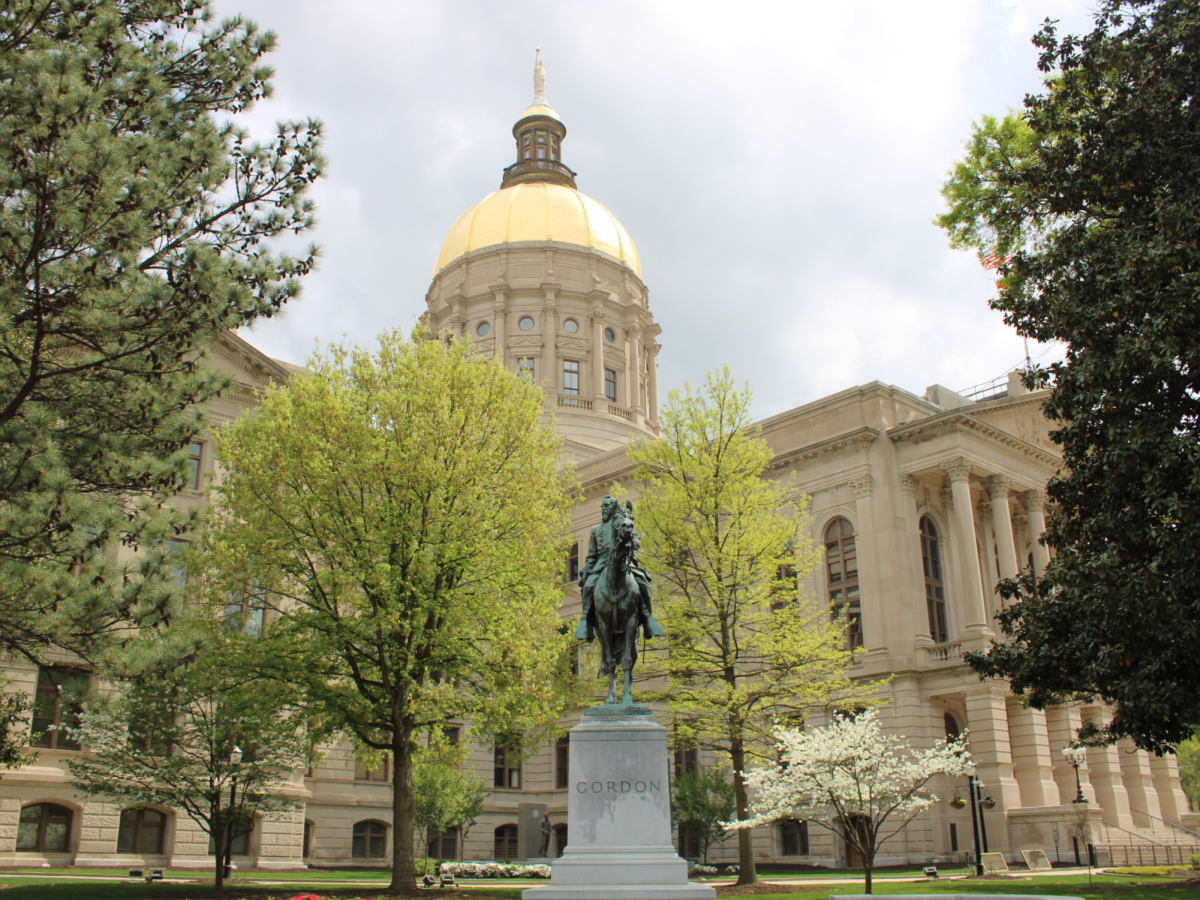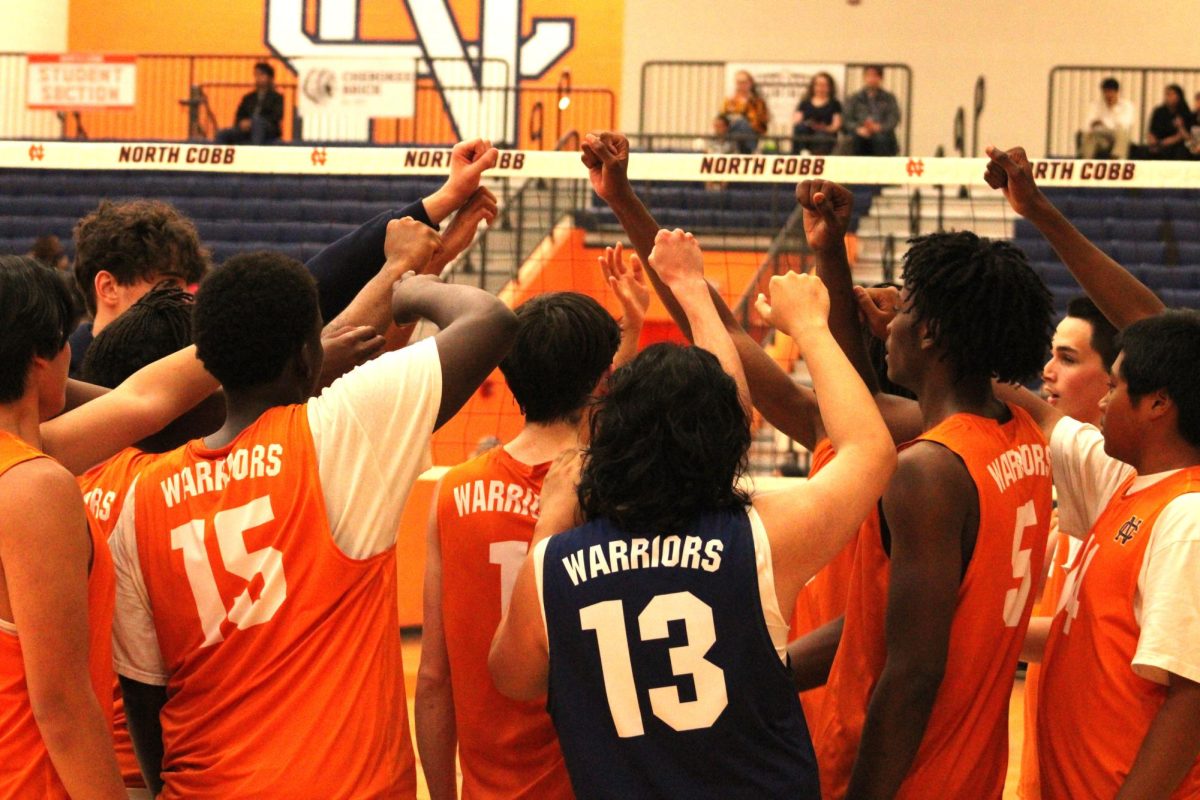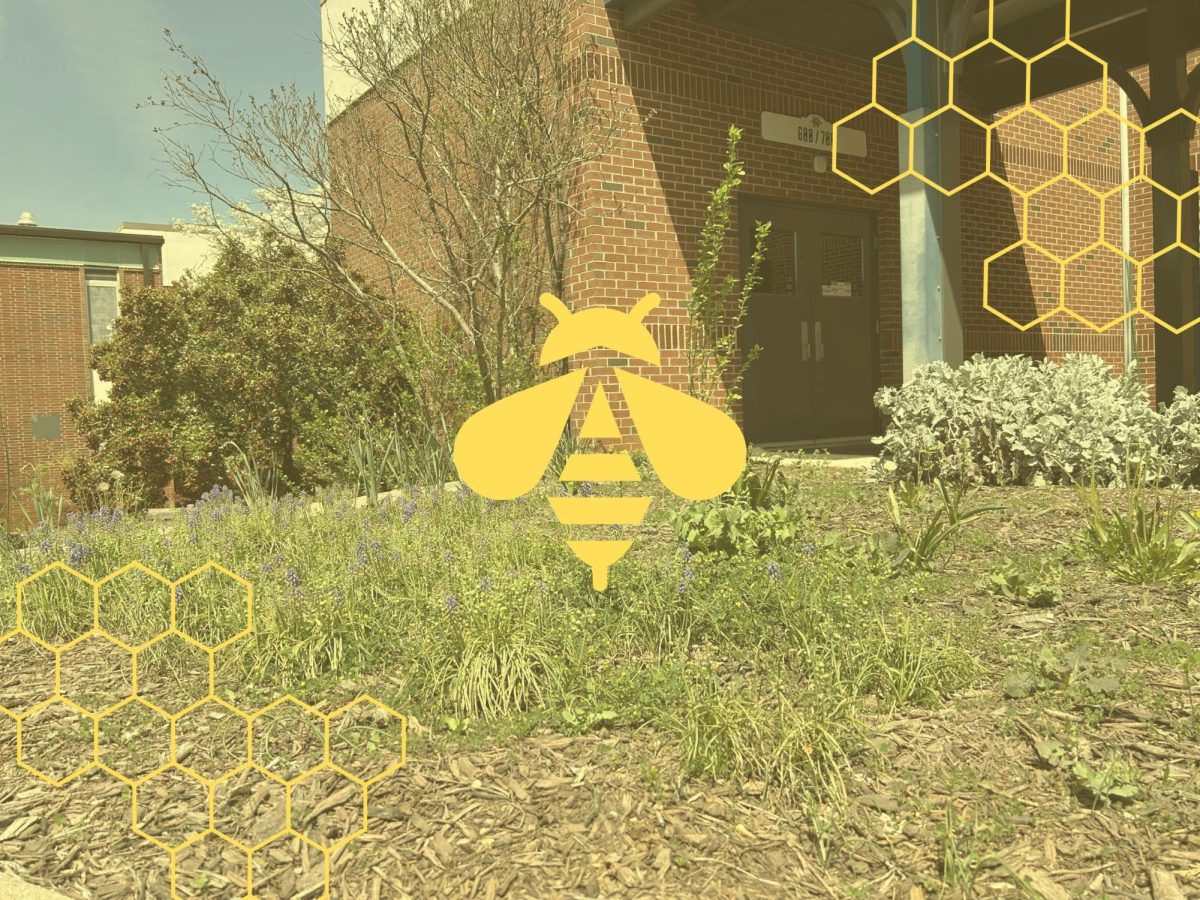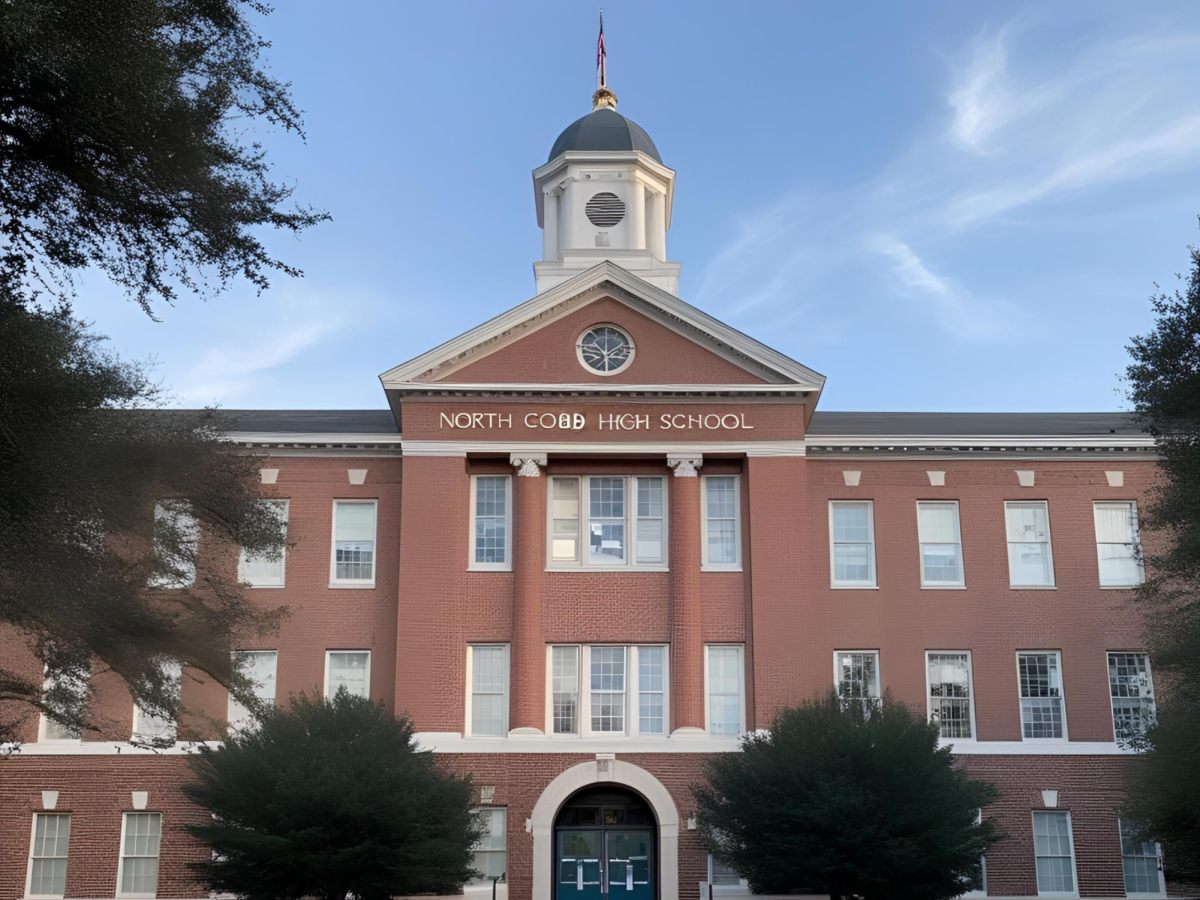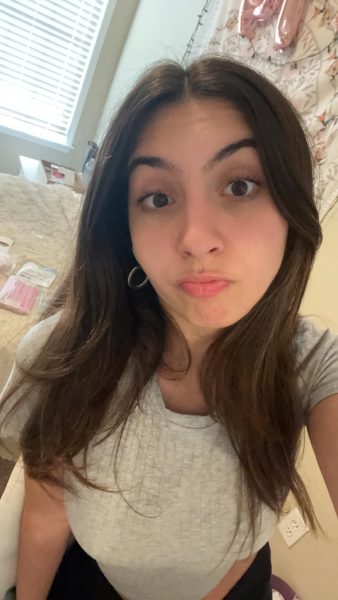With copious ways in and out of the United States’s federal, state, local and tribal justice systems, the US confines nearly two million people in prisons today. Despite the evident surge in mass incarceration occurring in America since the 20th century, the media, society and even politicians have dehumanized those incarcerated. With hours of free time behind bars, their thoughts frequently escape onto paper. Both the University of Michigan’s College of Literature, Science and the Arts’s (LSA) Prison Creative Arts Project(PCAP) to Art for Redemption, various sources aim to showcase and expose the hidden talents thriving in America’s prisons.
“I’ve seen a lot of drawings from prisoners and they are always very colorful and inspiring. I am trying to perfect my artwork and I think the thing you need is a story behind what you do. They are not drawing for a specific class or because they are being graded, they are doing it just to do it. It’s for fun and they have a story they want to tell. I think that makes it more special,” Applied Design I freshman Brianna Buranich said.
U Michigan’s LSA PCAP
Conducted by students at the University of Michigan, LSA’s PCAP showcases incarcerated talents from 25 Michigan prisons. The students feature works from those affected by the criminal justice system through their literary review titled “Michigan Review of Prisoner Creative Writing” and through their annual art exhibitions, where they auction off artwork created by Michigan’s incarcerated population. With their 28th annual art exhibition scheduled for December 2 and the “Michigan Review of Prisoner Creative Writing’s” volume 16’s launch scheduled for March 24, intellectually curious UMichigan students, Michigan residents and people across the nation can help UMichigan’s PCAP goal of using artistic talent as a way to strengthen communities and encourage social justice.
Moreover, the PCAP has created the Linkage Community program, aiming to bridge the gap between the university’s community and Michigan’s incarcerated artists. From recording a podcast that tells the stories of those incarcerated and providing advice for those currently incarcerated to designing a 2020 web series that used advice from previously incarcerated individuals to guide people through quarantine, the PCAP reconnects those affected by the justice system with their local communities.
“Even though I am only a freshman, I want to go to a college with a strong art program and a college that values art. I think art connects us and sends a message. You need to start with the basics of knowing how to draw and knowing how to make art, then you can tell your story. [That is] basically what I am trying to do at school in class,” Applied Design I freshman Avery Nivens said.
Art for Redemption
The Art for Redemption serves as a marketplace for those incarcerated to sell their artwork. By featuring and selling original artwork for hundreds or thousands of dollars, the incarcerated individuals not only show their artwork to the world but also receive financial compensation. Additionally, Art for Redemption prints their artwork on clothing items such as t-shirts and sweatshirts.
The marketplace also showcases collections to highlight specific demographics of incarcerated artists and artwork. Their collection of women artists features the artwork of the 7% of women facing incarceration and the struggles they face as women behind bars. Their artwork typically consists of symbols of nature, love and womanhood.
The Art for Redemption’s “Prison Art by State” feature allows buyers to purchase artwork from incarcerated individuals in their state; this marketplace—like U Michigan’s PCAP—helps connect those incarcerated with their local communities. Moreover, the feature’s collection helps people recognize the talent that lies right within their state lines, behind bars.
These two platforms utilize both young and intellectually curious minds to showcase artistic talent and humanize prisoners across the nation. The criminal justice system holds people who have committed heinous crimes, felonies and misdemeanors, but the system also holds a group of people who transform their life stories into poetic words, colorful images and beautiful sketches: talented artists.



